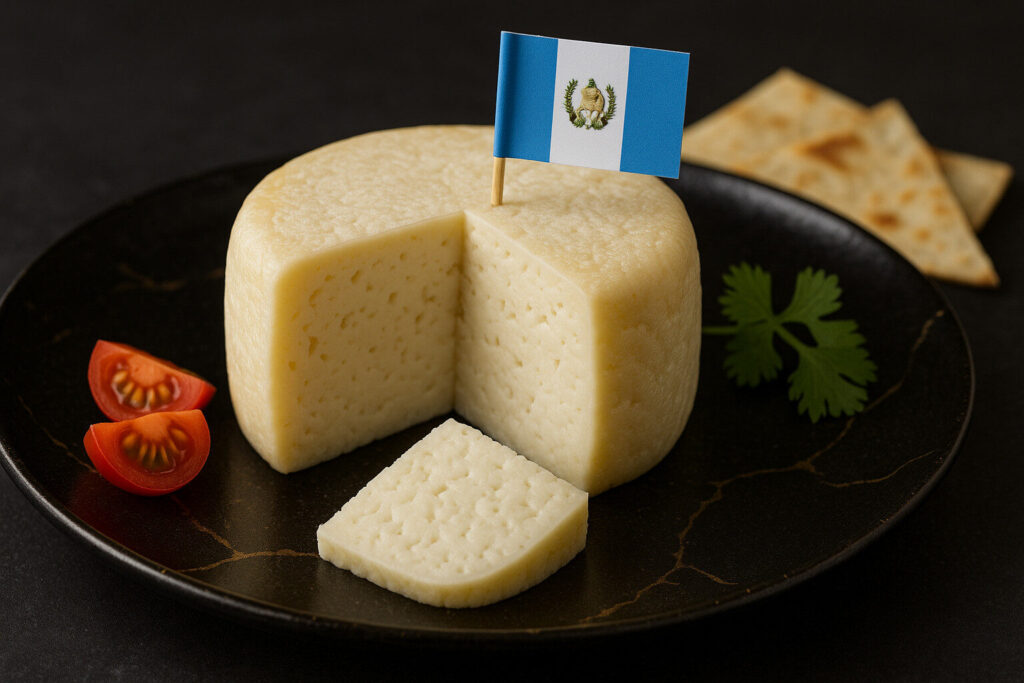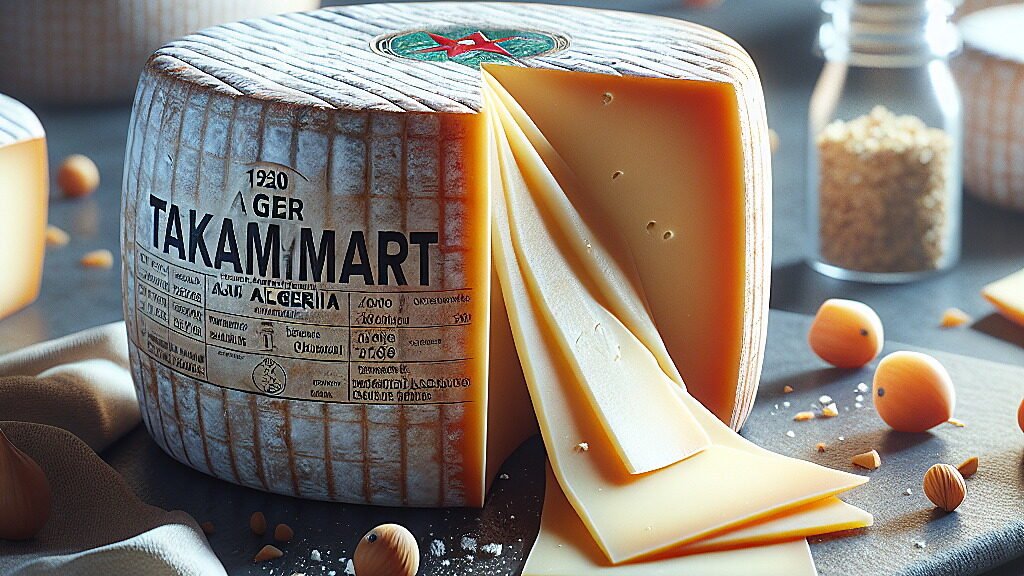Woven Basket Pattern Cheese
Definition and Scope
Woven basket pattern cheese refers to a category defined by its distinctive surface texture, which mimics the crosshatch design of a woven basket. This pattern is mechanically imprinted onto the cheese rind during production, typically using specialized molds or pressing tools. The technique is primarily applied to semi-hard and hard cheeses, where the rind can support the detailed impression without compromising structural integrity. This classification falls under cheese styles distinguished by surface treatment rather than milk type or aging process.
The scope of woven basket pattern cheeses includes varieties from multiple countries and milk sources. These cheeses share the visual hallmark of a geometric, basket-like imprint covering their exterior surface. This characteristic is separate from internal properties like moisture content or flavor profile, allowing for diversity within the group. The pattern serves both aesthetic and functional purposes, sometimes influencing rind development during aging.
Production Technique
Creating the woven basket pattern involves pressing the cheese curds into molds lined with textured cloth or baskets during the initial forming stage. As whey is expelled, the cheese adopts the inverse pattern from the mold’s interior surface. Some producers use modern food-grade plastic molds with the pattern engraved, while traditional methods employ actual woven reed baskets. The pressure applied must be carefully controlled to ensure the design transfers clearly without damaging the cheese’s structure.
After unmolding, the pattern remains permanently etched into the rind as the cheese ages and dries. For some varieties, the cheese may be turned regularly to maintain pattern definition and ensure even rind formation. The technique does not typically alter the cheese’s internal composition or aging requirements. This production method represents a specialized form of cheese molding that prioritizes visual presentation alongside traditional cheesemaking principles.
Sensory Profile
Woven basket pattern cheeses generally exhibit firm, natural rinds that contribute earthy or mushroom-like notes to their overall flavor. The textured surface provides increased surface area, which can intensify rind development during aging. These cheeses typically range from semi-hard to hard in texture, with interior paste that may be creamy, crumbly, or crystalline depending on age. The pattern itself does not directly influence taste but indicates certain production methods that affect final characteristics.
Flavor profiles vary widely among basket-patterned cheeses, from mild and buttery to sharp and complex. The rind’s textured surface often develops different microbial communities compared to smooth-rinded cheeses, potentially adding depth to the aromatic profile. When tasted, these cheeses typically offer a contrast between the firmer, more flavorful rind and the interior paste. The visual pattern provides no direct taste contribution but signals traditional production methods that may correlate with specific flavor developments.
Culinary Applications
Woven basket pattern cheeses are versatile in culinary use, often served as table cheeses or for snacking due to their visual appeal. Their typically firm texture makes them suitable for grating over pasta, salads, and soups when aged sufficiently. The distinctive rind pattern makes these cheeses particularly valued for cheese boards and presentation-focused applications where appearance matters. Many varieties melt well, adapting to cooked dishes like gratins and sandwiches.
In professional kitchens, these cheeses may be featured whole to showcase their decorative surfaces before portioning. The rind is generally edible though sometimes removed for textural preference in certain preparations. Their aging range allows selection of younger versions for melting and older specimens for shaving or grating. The pattern itself becomes a visual identifier that chefs and retailers use to communicate artisanal quality to consumers.
Regional Examples
France produces several notable woven basket pattern cheeses, including certain Tomme varieties from Savoie that feature this characteristic surface treatment. These French examples typically use traditional woven basket molds that impart both pattern and slight variations in shape. The method reflects historical cheesemaking practices where locally available materials determined cheese appearance. Many French basket-patterned cheeses carry protected designation of origin status that specifies traditional production methods.
Italian cheesemakers create basket-patterned varieties such as some Pecorino cheeses from Sardinia and Tuscany. These often use plastic molds today but maintain the visual tradition of the cane baskets historically employed. United States artisanal producers have adopted the technique for original creations, applying it to cow’s milk cheeses inspired by European traditions. The pattern appears across cheese types regardless of origin, unified by the shared production technique rather than specific recipes or milk sources.


